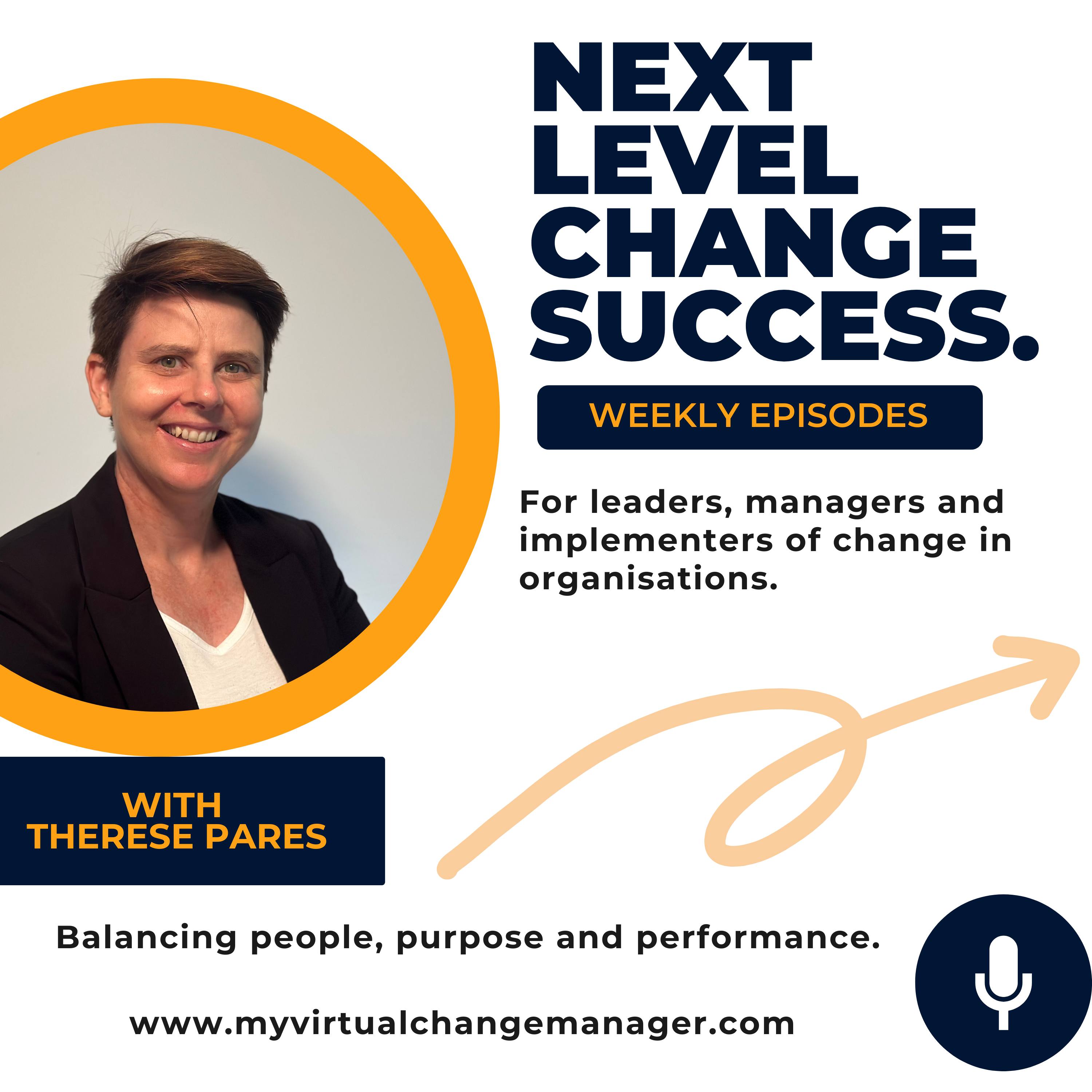When it comes to project management and change management, there are definite lines between each function, and of course (as always) some grey areas where there is an inevitable cross over which can cause tension. Now each function can be performed as best as possible by a Project or Change Manager when it is a small operational change. As the impact grows, the effort grows which will mean a dedicated resource focused on the Project and a dedicated resource for the Change. At all times when this is the case, the most important thing is to always reinforce the common focus which is to deliver a successful program.
What is Project Management?
Project management is the structured approach to delivering initiatives within a defined scope, timeframe, and budget. A project manager (PM) is responsible for:
- Delivering a project on time and within budget.
- Managing risks, resources, and governance.
- Defining and maintaining project scope.
- Coordinating ...













